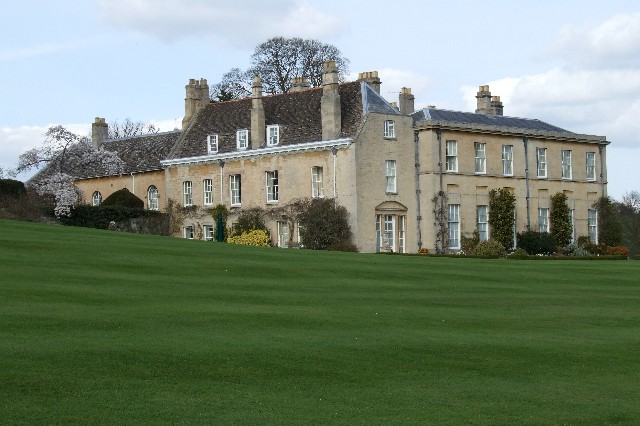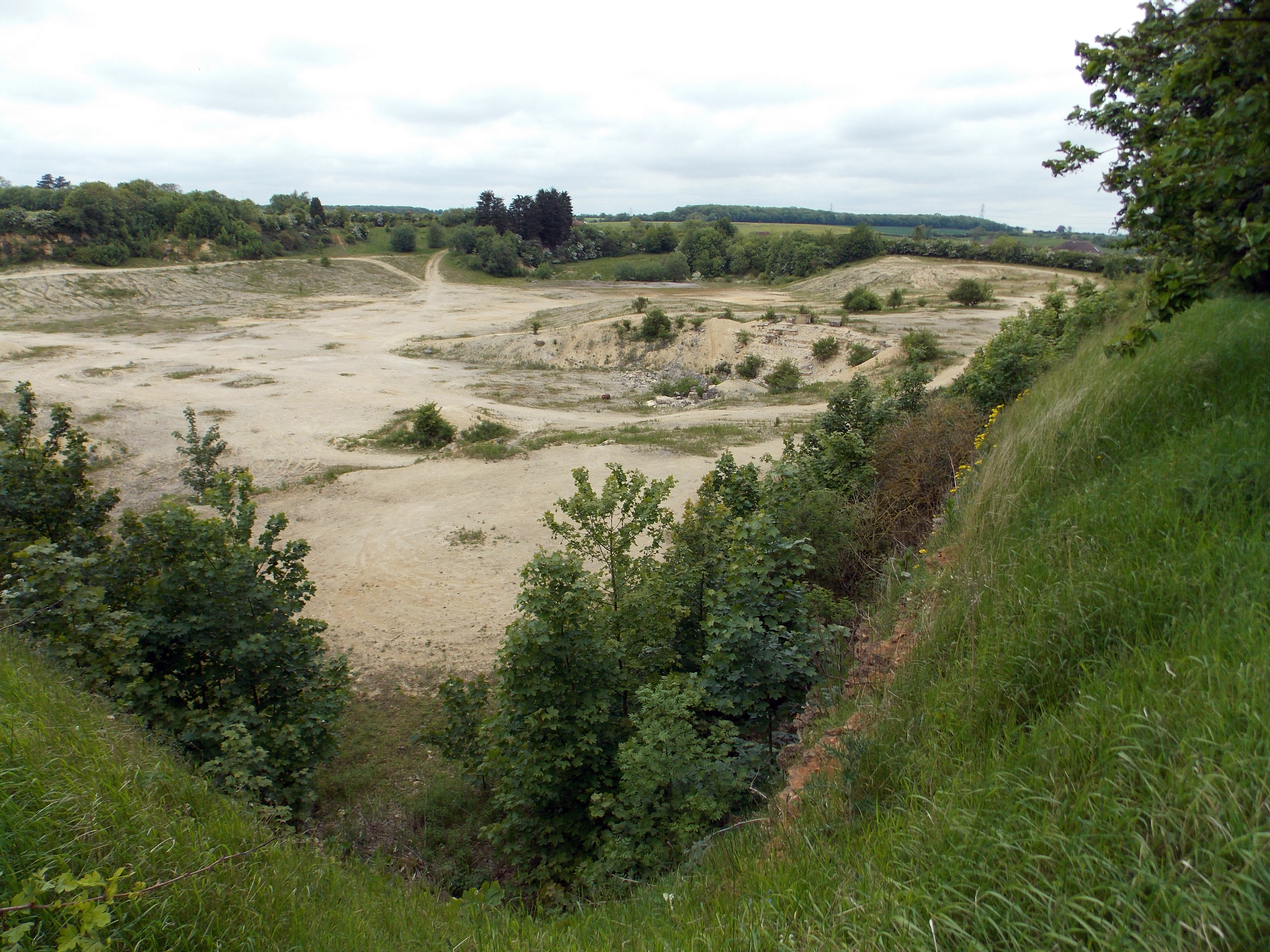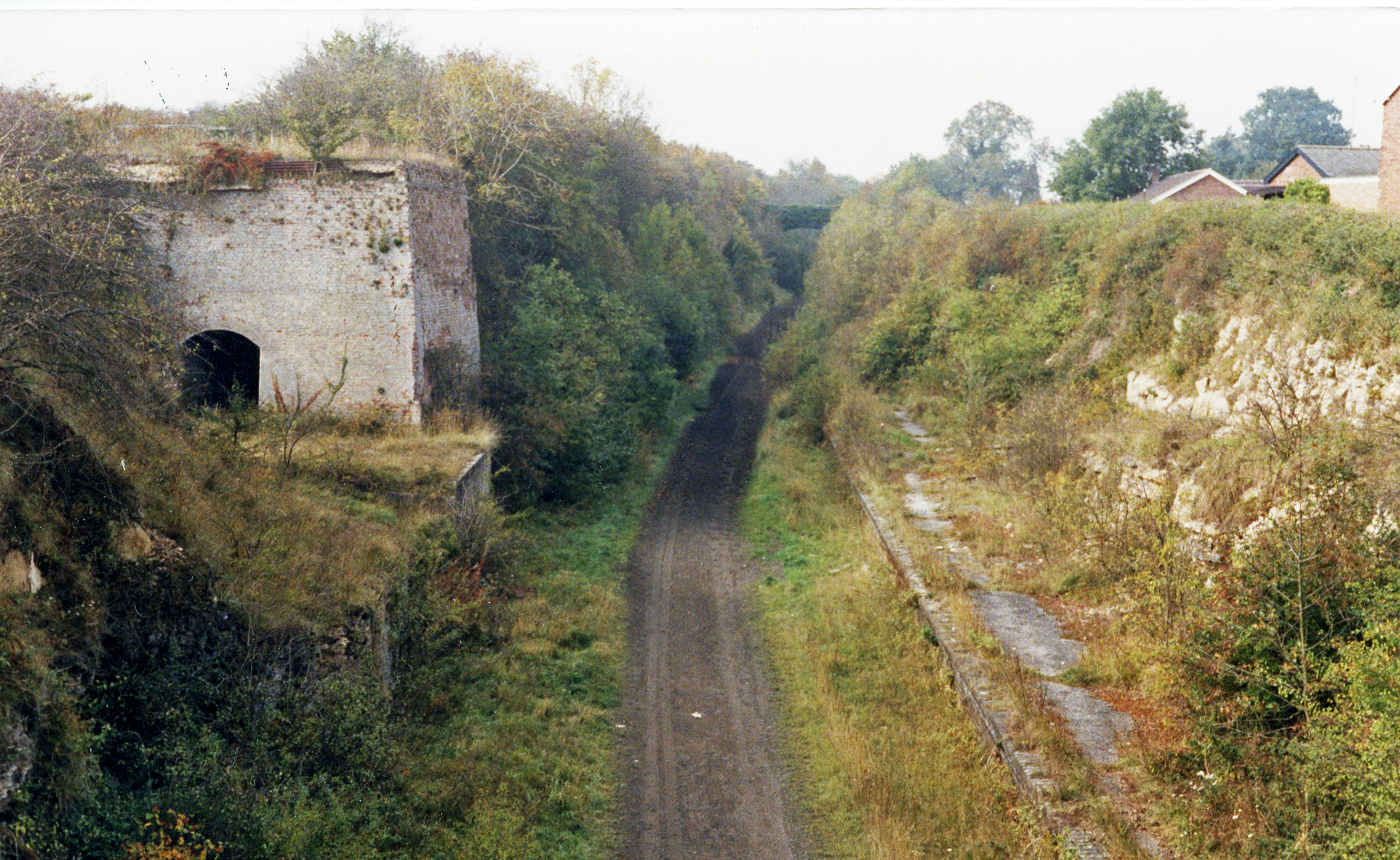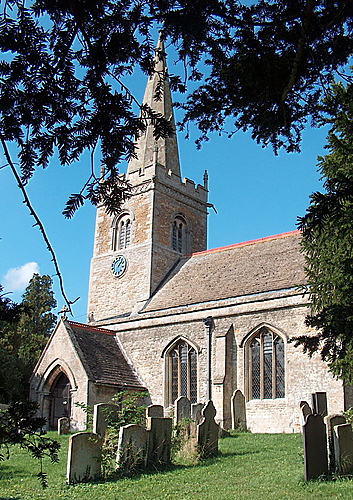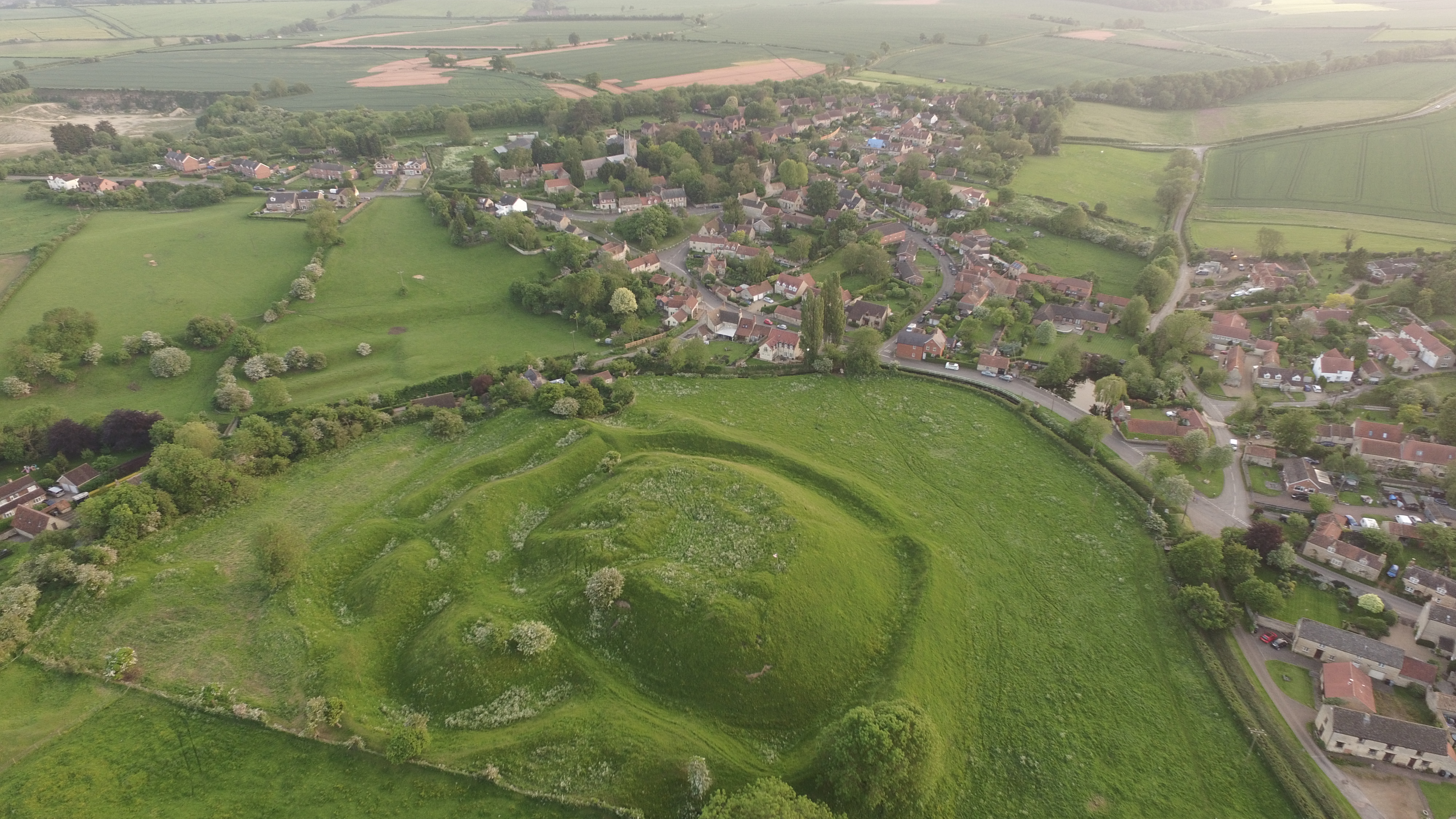Belton Firs
Wood, Forest in Lincolnshire South Kesteven
England
Belton Firs

Belton Firs is a picturesque woodland located in the county of Lincolnshire, England. Covering an extensive area of approximately 160 hectares, this enchanting forest is a cherished natural treasure. Belton Firs is situated near the village of Belton and is easily accessible from nearby towns and cities.
The woodland is characterized by its diverse range of tree species, including oak, beech, pine, and birch. These majestic trees create a captivating canopy and provide a haven for a myriad of wildlife species. Visitors to Belton Firs may spot various woodland creatures such as deer, squirrels, and a plethora of bird species.
Walking through Belton Firs offers a serene and tranquil experience, with numerous pathways leading visitors deeper into the heart of the forest. The forest is well-maintained, with clear signage and well-defined trails, making it suitable for all ages and abilities.
Belton Firs is not just a haven for nature enthusiasts, but also a popular destination for recreational activities. The forest offers opportunities for hiking, jogging, cycling, and even horse riding. There are designated picnic areas where visitors can relax and enjoy a packed lunch amidst the beautiful surroundings.
Throughout the year, Belton Firs hosts various events and nature walks, providing educational and informative experiences for visitors. The forest also plays a vital role in conservation efforts, with ongoing initiatives to protect and preserve its unique ecosystem.
Belton Firs, with its stunning woodland scenery and diverse wildlife, is a true gem of Lincolnshire. Its natural beauty and recreational offerings make it a must-visit destination for both locals and tourists seeking solace in nature.
If you have any feedback on the listing, please let us know in the comments section below.
Belton Firs Images
Images are sourced within 2km of 52.740501/-0.51967353 or Grid Reference TF0016. Thanks to Geograph Open Source API. All images are credited.






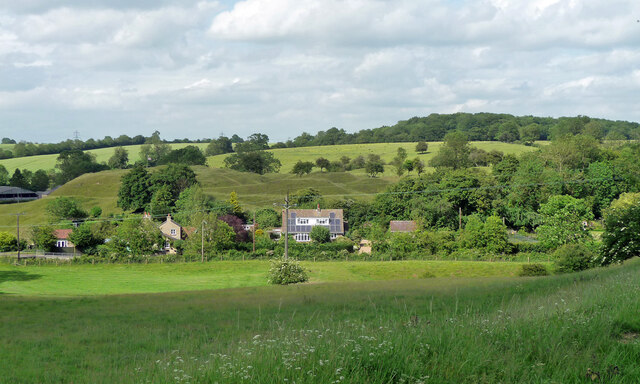
Belton Firs is located at Grid Ref: TF0016 (Lat: 52.740501, Lng: -0.51967353)
Administrative County: Lincolnshire
District: South Kesteven
Police Authority: Lincolnshire
What 3 Words
///campsites.whisker.junction. Near Clipsham, Rutland
Nearby Locations
Related Wikis
Holywell Hall, Lincolnshire
Holywell Hall is a building of historical significance in Lincolnshire and is listed on the English Heritage Register. The house is in the civil parish...
Holywell, Lincolnshire
Holywell is a tiny settlement in the civil parish of Careby Aunby and Holywell, in the South Kesteven district of Lincolnshire, England. It lies 5.5 miles...
Castle Bytham Quarry
Castle Bytham quarry is a disused quarry located close to the centre of the village of Castle Bytham, Lincolnshire, England. It is famous for the exposure...
Castle Bytham railway station
Castle Bytham railway station was a station in Castle Bytham. It was Midland Railway property but train services were operated by the Midland and Great...
Little Bytham
Little Bytham is a village and civil parish in the South Kesteven district of Lincolnshire, England. The population of the civil parish at the 2011 census...
St Medardus and St Gildardus Church, Little Bytham
The church of St Medardus and St Gildardus in Little Bytham, Lincolnshire, England, is a Grade I listed building. It is dedicated to two 6th-century French...
Little Bytham railway station
Little Bytham railway station was a station in Little Bytham, Lincolnshire on the Great Northern Railway main line. It closed in 1959. The Midland and...
Bytham Castle
Bytham Castle was a castle in the village of Castle Bytham in Lincolnshire (grid reference SK992186.) The castle is thought to be of early Norman origin...
Have you been to Belton Firs?
Leave your review of Belton Firs below (or comments, questions and feedback).










